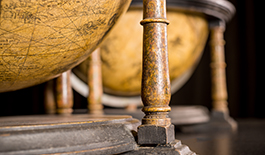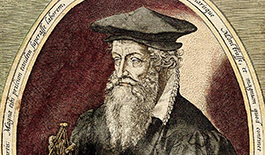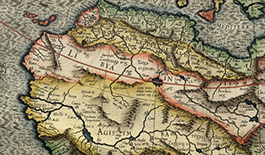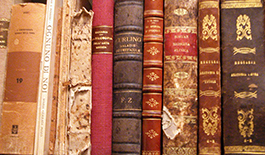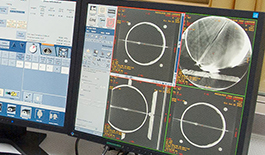Inventory of surviving globes
Mercator globes were widely distributed in the 16th century. Sold for over 40 years without any changes being made to the original printing plates, they can be regarded as a true commercial success.
Life of Mercator
Gerardus Mercator (1512-1594) was a visionary and is viewed today as the forerunner of modern mapmaking. He lived in the 16th century, what we now call the “Age of Discovery”, when the Earth as it was then known burst its seams and grew immensely in the wake of exploration.
Works of Mercator
Mercator is usually referred to as a cartographer whereas actually he saw himself as a cosmographer. His goal was not only to draw the Earth as faithfully and accurately as possible but, more importantly, to integrate this view in a veritable cosmos.
Selected bibliography
Our bibliography includes reference works on the history of cartography and representations of the world and the heavens, on Gerardus Mercator and his works and on the globes in general, together with a list of the museums where Mercator globes are on display and websites that we find particularly interesting.
Experts’ reports
All the experts’ reports are made available here. They concern the radiocarbon analyses, the pigments, the X-rays and the restoration.
Acknowledgements
The University of Lausanne thanks all the individuals and institutions that supported this enterprise for the benefit of culture, education and the preservation of heritage.
